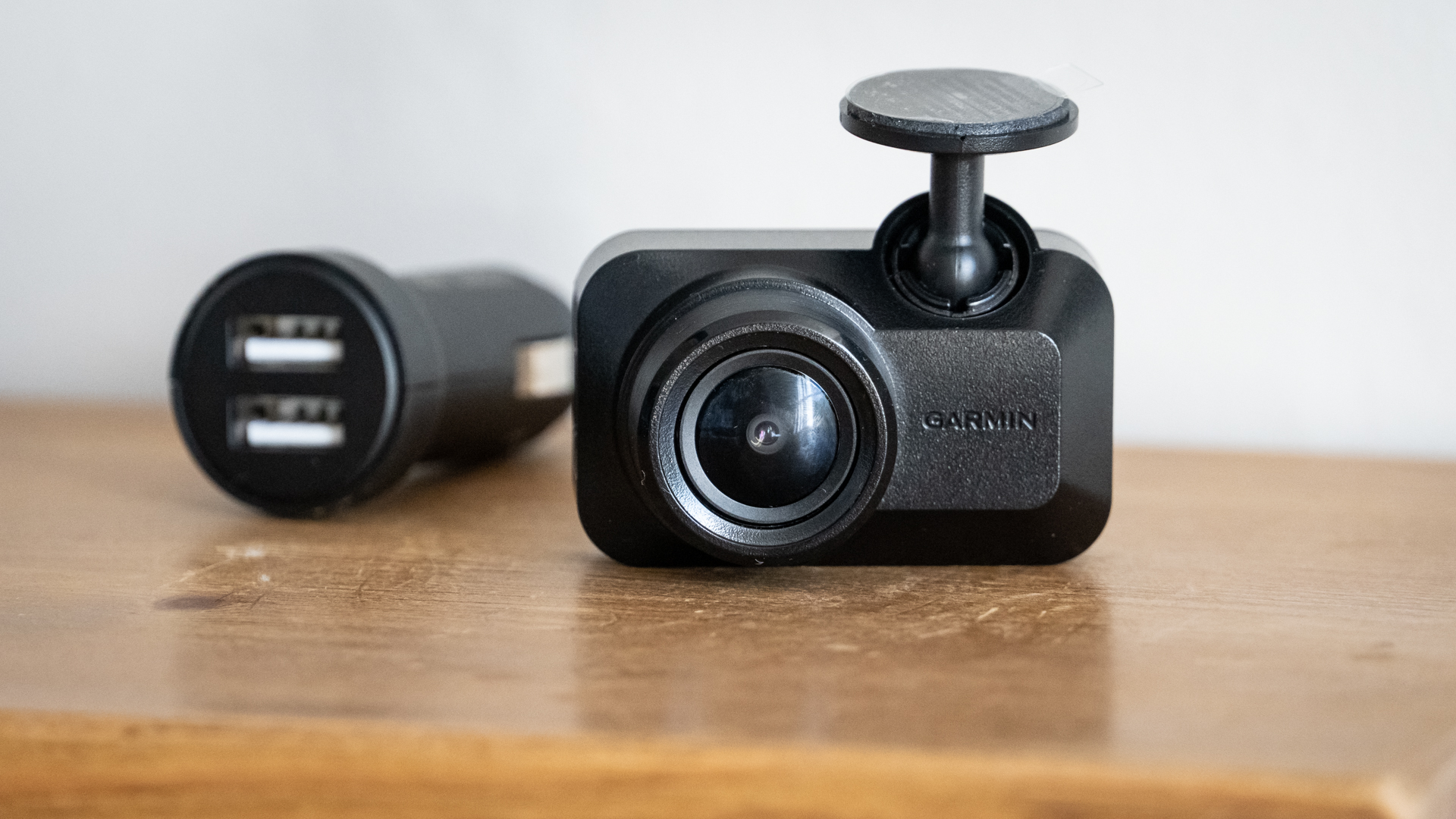TechRadar Verdict
The Garmin Dash Cam Mini 3 is as good as ever, but by the same token it hasn’t really changed from one generation to the next. This third iteration has switched the orientation from vertical to horizontal and added a polarizing filter…but that’s it. It still records good video with HDR, still has a voice control system that works fairly well, and the optional Garmin drive phone app works the same as before. There’s absolutely no reason to upgrade if you already have either of the previous generations of Garmin Dash Cam Mini. But if you don’t own a dash cam at all, or want to upgrade from a larger model, or one that records no less than Full HD, this is a fantastic option. As long as you don’t need GPS or 4K, and you prefer a compact design to one with a display, the Garmin Mini remains our no-brainer compact dash cam of choice.
Pros
- +
Very compact design
- +
High quality video
- +
Integrated polarizing lens
- +
Easy to use
Cons
- -
No GPS
- -
No display
- -
Very similar to previous model
- -
MicroSD card not included
Why you can trust TechRadar
Garmin Dash Cam Mini 3: one-minute review
When it comes to compact dash cams, Garmin proves with the Mini 3 that it’s still the market leader. This is a tiny dash cam that shoots Full HD with HDR at 30 fps, and is so small it practically disappears behind your rear-view mirror, for a near-seamless installation. It also has a decent voice control system, and the smartphone app works well for adjusting settings and downloading stored footage.
That said, the Mini 3 is a very small upgrade on the three-year-old Garmin Dash Cam Mini 2 and, other than an integrated polarizing lens, offers no real incentive to upgrade. If you have an earlier Garmin Mini dash cam, then keep it. But if you’re looking for a very small Full HD dash cam, this one has to be at the top of your list, it's one of the best value dash cams out there.
Garmin Dash Cam Mini 3: price and availability
Launched in September 2024, the Mini 3 is part of a new family of dash cams from Garmin. As with previous generations of Dash Cam Mini, the 3 is Garmin’s entry-level model.
Available now, the Mini 3 is priced at $149.99 / £149.99 / AU$249. This makes it slightly more expensive than the Mini 2, which arrived back in the summer of 2021. The new model is available now.
Garmin Dash Cam Mini 3: specs
| Video | 1080p up to 30fps |
| Field of view (FOV) | 140 degrees |
| Storage | MicroSD up to 512GB, not included |
| GPS | No |
| Parking mode | Yes, with constant power cable, not included |
| App support | Garmin Drive app |
| Dimensions | 52.1 x 31.6 x 20.3 mm |
| Weight | 1.06oz / 30g |

Garmin Dash Cam Mini 3: Design
The new Garmin Mini 3 looks almost identical to its predecessor, except for how it’s now designed to be mounted horizontally instead of vertically. This helps it hide more neatly behind the central rear-view mirror of most cars, and means the microSD card slot and microphone mute button are now on the bottom of the device instead of the side.
There’s still a USB port on the right-hand side, but this has been upgraded to USB-C, and there’s still a big button on the rear for manually saving footage. This can be handy for when you witness an incident but aren’t directly involved.
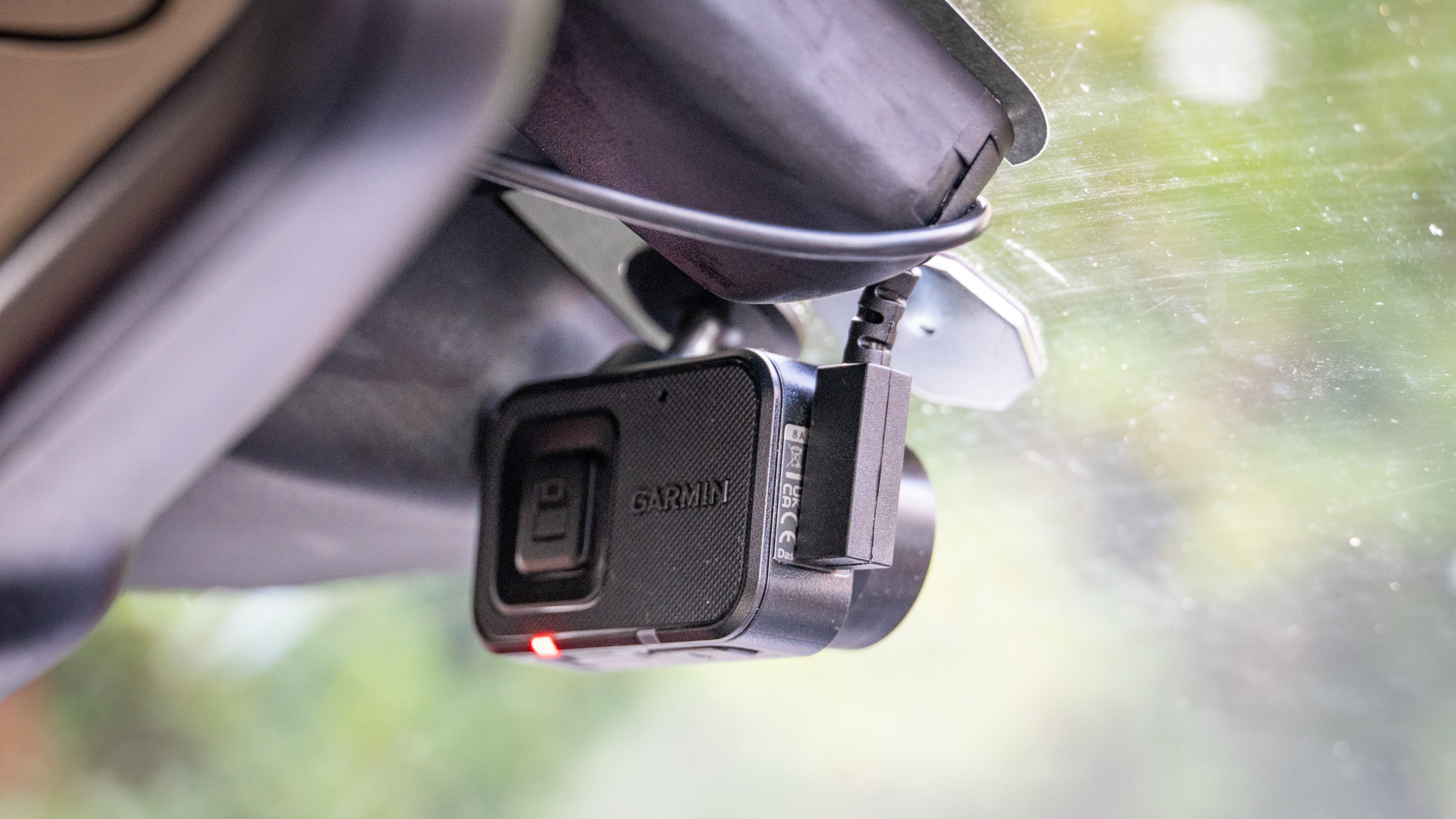
Garmin’s fantastic (and fantastically simple) windshield mount returns once again with the Mini 3. This attaches to the dash cam with a ball-and-socket joint, then sticks to the windshield with an integrated adhesive pad. There’s plenty of adjustability, but the ball of the mount is gripped tightly enough by the socket of the dash cam to prevent it from moving as you drive.
Also included in the box is a USB-C to USB-A cable and an adapter for plugging the dash cam into your car’s 12-volt socket. The adapter has a pair of USB-A connections, so you can power the dash cam and charge your smartphone at the same time. I’d have preferred a pair of USB-C ports instead, given that’s what almost all smartphones now use, but that’s a small criticism.
As with previous generations of Garmin Dash Cam Mini, a microSD card is not included in the box, so you’ll need to provide your own.
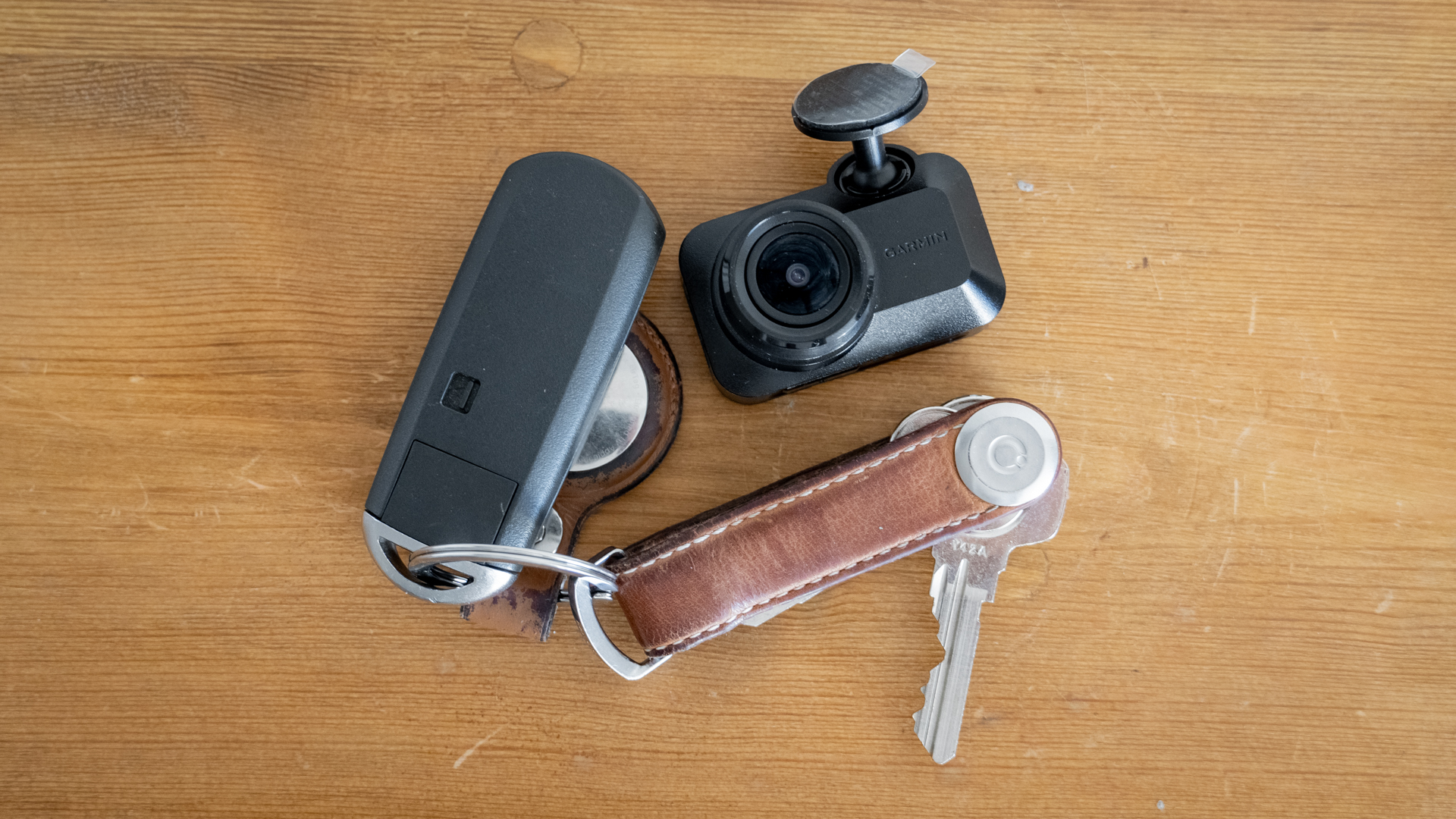
Garmin Dash Cam Mini 3: Performance
Despite its tiny proportions, the Mini 3 records HDR video at Full HD. It does so through a 140-degree lens with a built-in polarizing filter designed to cut down on windshield reflections. Apart from the addition of the filter, this is the same specification as the Mini 2 – and, as a result, the footage produced by the Mini 3 looks pretty similar too.
That’s no bad thing. Footage is sharp and clear, with nicely balanced exposure and enough detail for easily reading vehicle license plates, street signs and road markings; all the things you rely on a dashcam to pick up with great clarity. There were practically no reflections at all in the footage we captured, even on a sunny autumn day, and although not Hollywood quality, the 1080p video (at 30 frames per second) looked plenty good enough for such a tiny dashcam.
Nighttime footage isn’t as clear, of course, but even well after sunset there’s enough detail to work out what’s going on. Vehicles and road markings are clearly visible, however number plates cannot be read as reliably as they can during the day. I also noticed some reflection on the windscreen from my car’s infotainment display, but this was upwards in the top of the camera’s view and well out of shot.
Day and night, the Garmini Mini 3 produces very good footage, especially considering how tiny this dash cam is. Although I obviously couldn’t test the crash detection function, I noticed how the dash cam saves a portion of footage when the driver brakes firmly. So even if you don’t actually hit anything, you’ll have evidence of what could have been a near-miss. As ever, the sensitivity of the dash cam can be adjusted in the app settings menu, which is handy if you find it triggers too easily, such as over speed bumps or potholes.
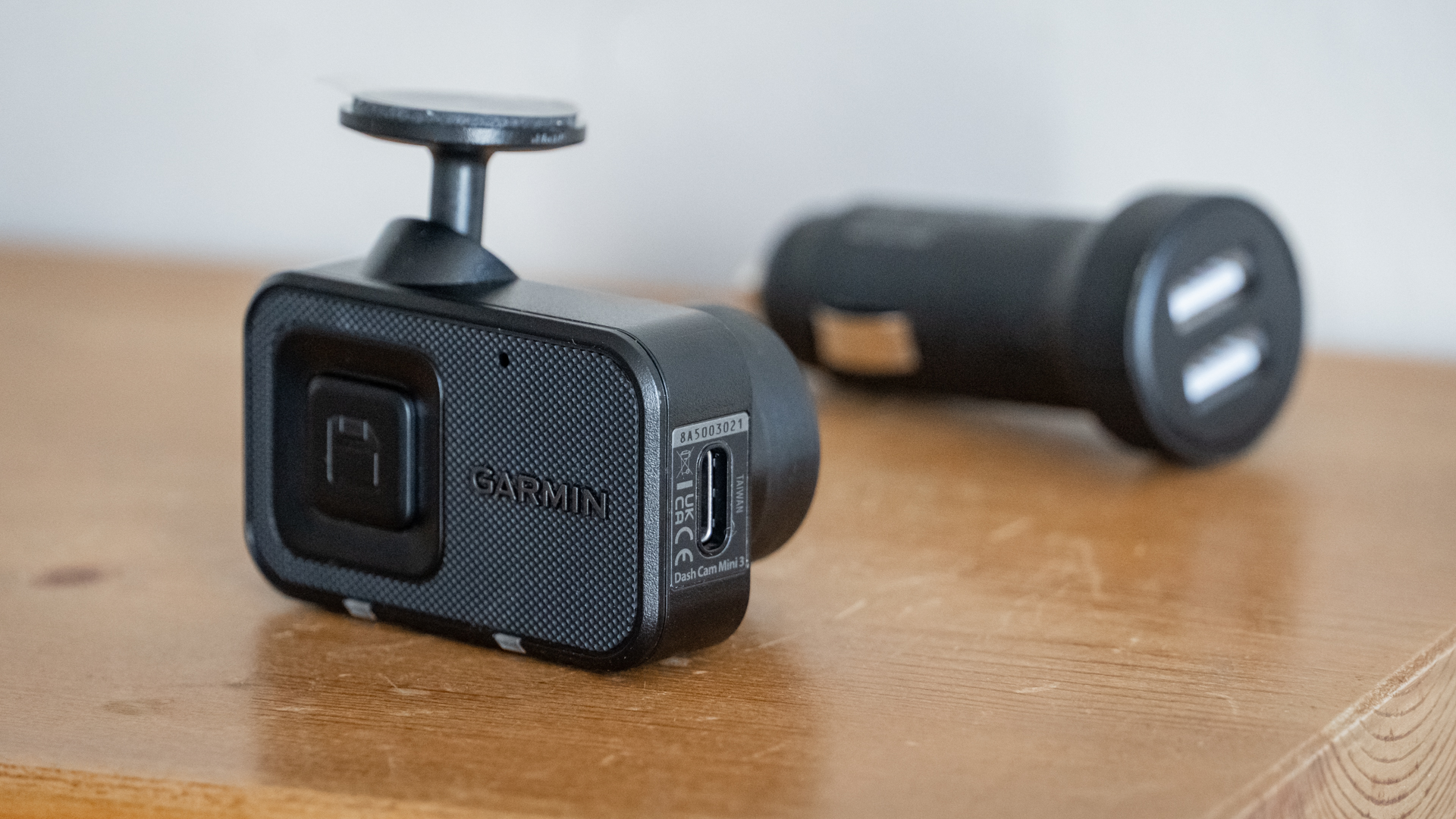
As for additional features, the Mini 3 has access to Garmin’s voice control tech. It’s always worked pretty well, throughout the history of the Garmin Dash Cam range, and is equally good here. You can ask the dash cam to manually save a recording, or turn the microphone on/off. It’s a nice-to-have but something you’re unlikely to use frequently.
As with other Garmin dash cams, the Mini 3 has a parking mode that alerts your smartphone when a collision is detected while parked. However, this requires a hardwiring kit to give the camera a constant source of power (sold separately), an active WiFi connection and a subscription to Garmin’s Vault cloud storage service. For some buyers this will add unnecessary expense and complexity, but if you can provide the all-important WiFi connection it can turn your dash cam into a round-the-clock surveillance system.
Another fringe-case feature of Garmin dash cams is how up to four can be synced up together. That way, you can have one facing forwards and one rearwards, then even a couple facing to the sides if you have a large vehicle that might benefit from 360-degree recording. Remember though, each dash cam will need a 12-volt or USB socket for power.
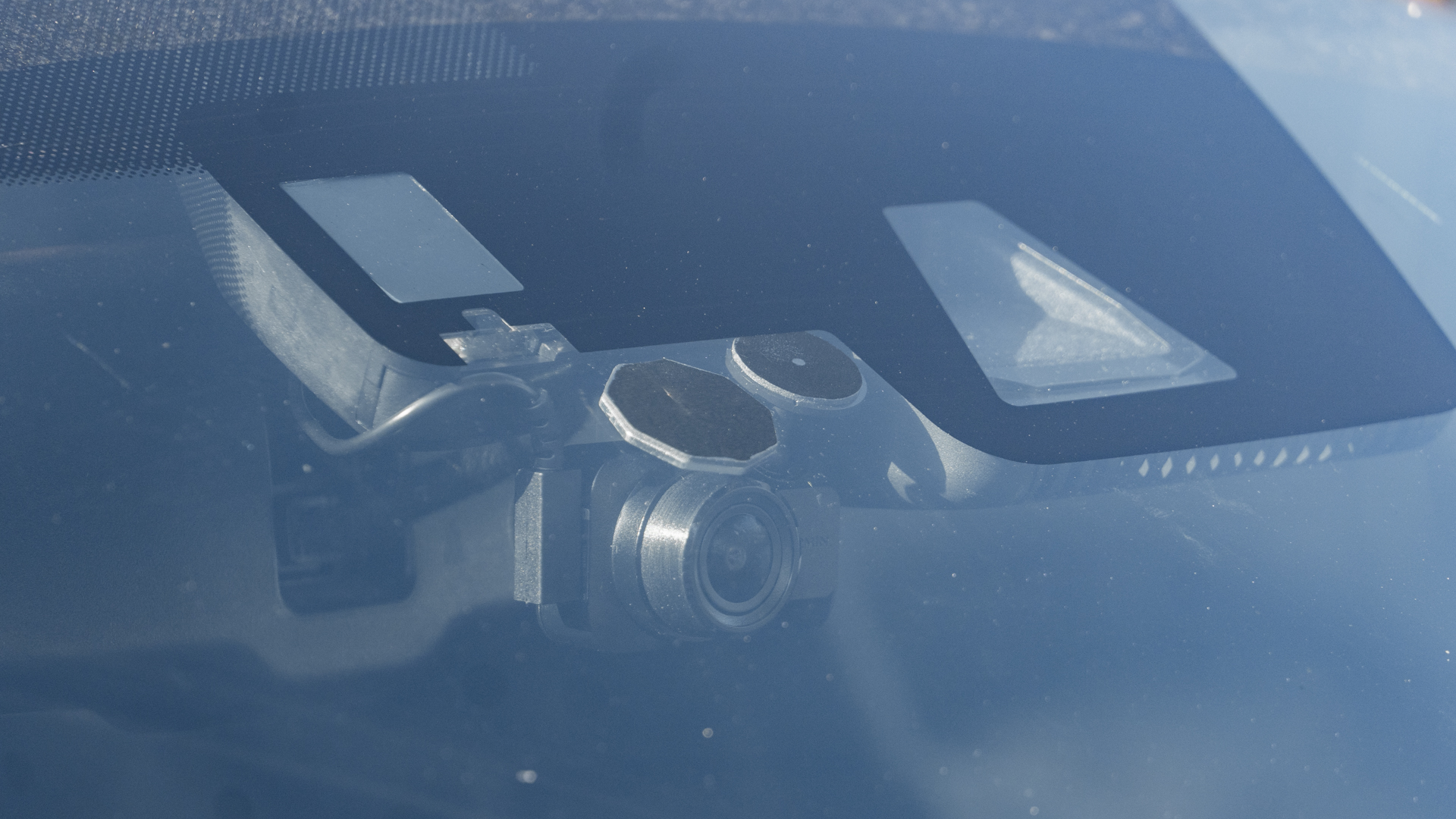
Should you buy the Garmin Dash Cam Mini 3?
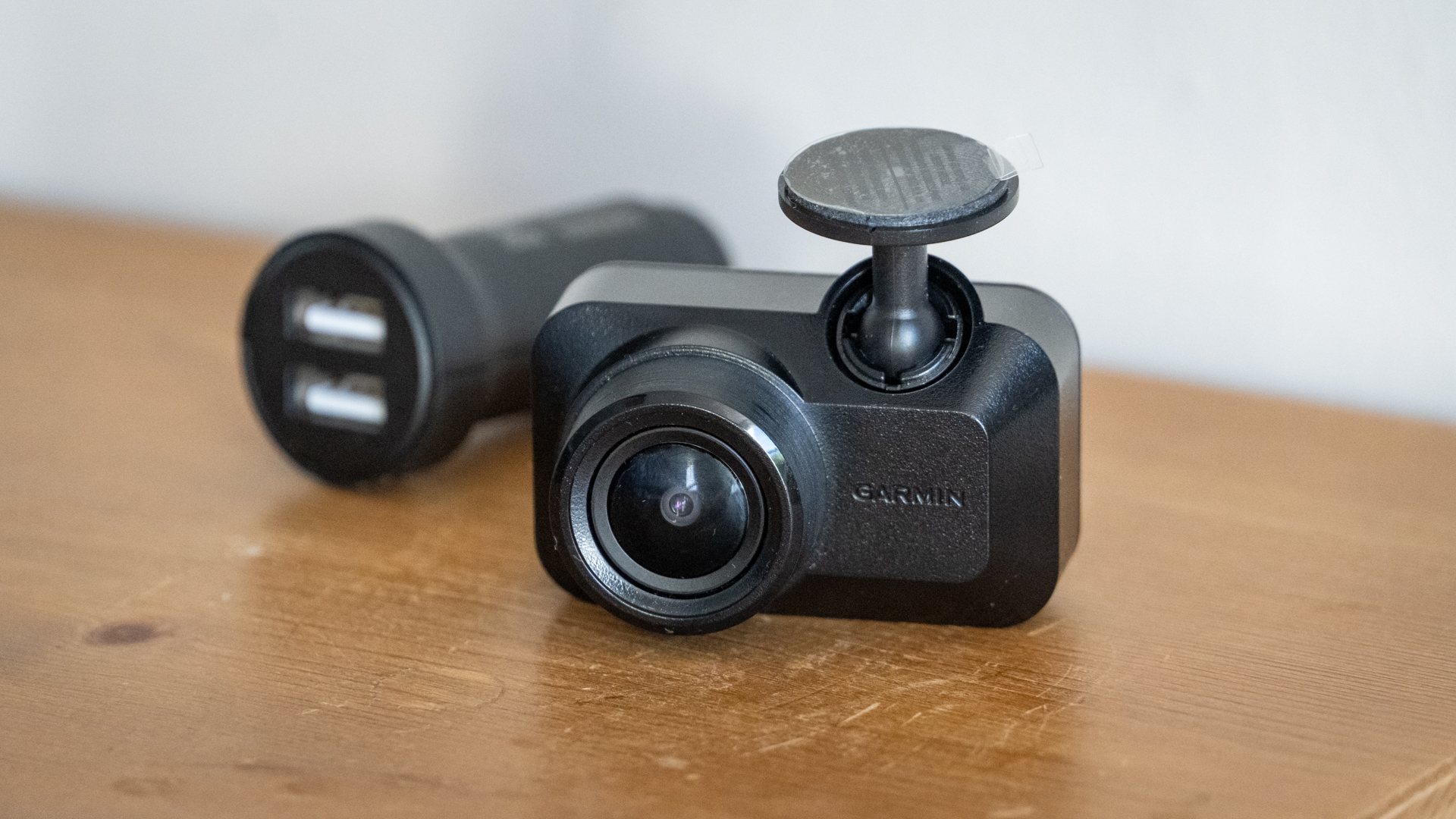
Buy it if...
You want a distraction-free dash cam
Since there’s no screen, there’s absolutely nothing to distract you. It’s even possible to mount the Garmin Mini 3 behind the rear-view mirror, so it’s almost completely out of the driver’s sight.
You can manage without GPS
If you just need video – without speed, direction and location data – this is the dash cam for you. GPS data can be added to recordings if you sync the Mini 3 with a compatible Garmin dash cam equipped with GPS.
You don’t need 4K video
Unless you have a big budget, there’s every chance you can do without 4K video from your dash cam. The Full HD footage of the Mini 3 looks plenty good enough for its purpose, and compared to 4K takes up far less storage space too.
Don't buy it if...
You already have the Mini 2
The new Mini 3 is a very small upgrade on the three-year-old Mini 2, so if you still have that dash cam and it’s working fine, we recommend you stick with it.
You want GPS
As with the previous two generations of Mini, Garmin’s smallest dash cam lacks GPS. This adds location, speed and direction-of-travel data to your recordings, so if you feel you need those metrics you’ll have to look elsewhere.
You prefer dash cams with displays
Since it’s so small, the Mini 3 has no display. This means you’ll need to use the free Garmin drive app to adjust settings and check the camera’s point-of-view during the setup process. It also means you can’t view footage on the dash cam itself, and instead recordings need transferring to your phone or computer.
How I tested the Garmin Dash Cam Mini 3
- I installed the Mini 3 into my own car
- I used the dash cam during several journeys, during the day and also at night
- I set up the dash cam using the Garmin Drive smartphone app
I installed the Garmin Dash Cam Mini 3 in my own car and used it over the course of a couple of weeks. This included journeys during the day and at night, and gave me a good opportunity to inspect how the camera performs in various lighting conditions. I also tried out the Garmin Drive app, which is used to see a live view of the camera and adjust settings during the setup process.
- First reviewed October 2024
Alistair Charlton is based in London and has worked as a freelance technology and automotive journalist for over a decade. A lifelong tech enthusiast, Alistair has written extensively about dash cams and robotic vacuum cleaners for TechRadar, among other products. As well as TechRadar, he also writes for Wired, T3, Forbes, The Independent, Digital Camera World and Grand Designs Magazine, among others.
